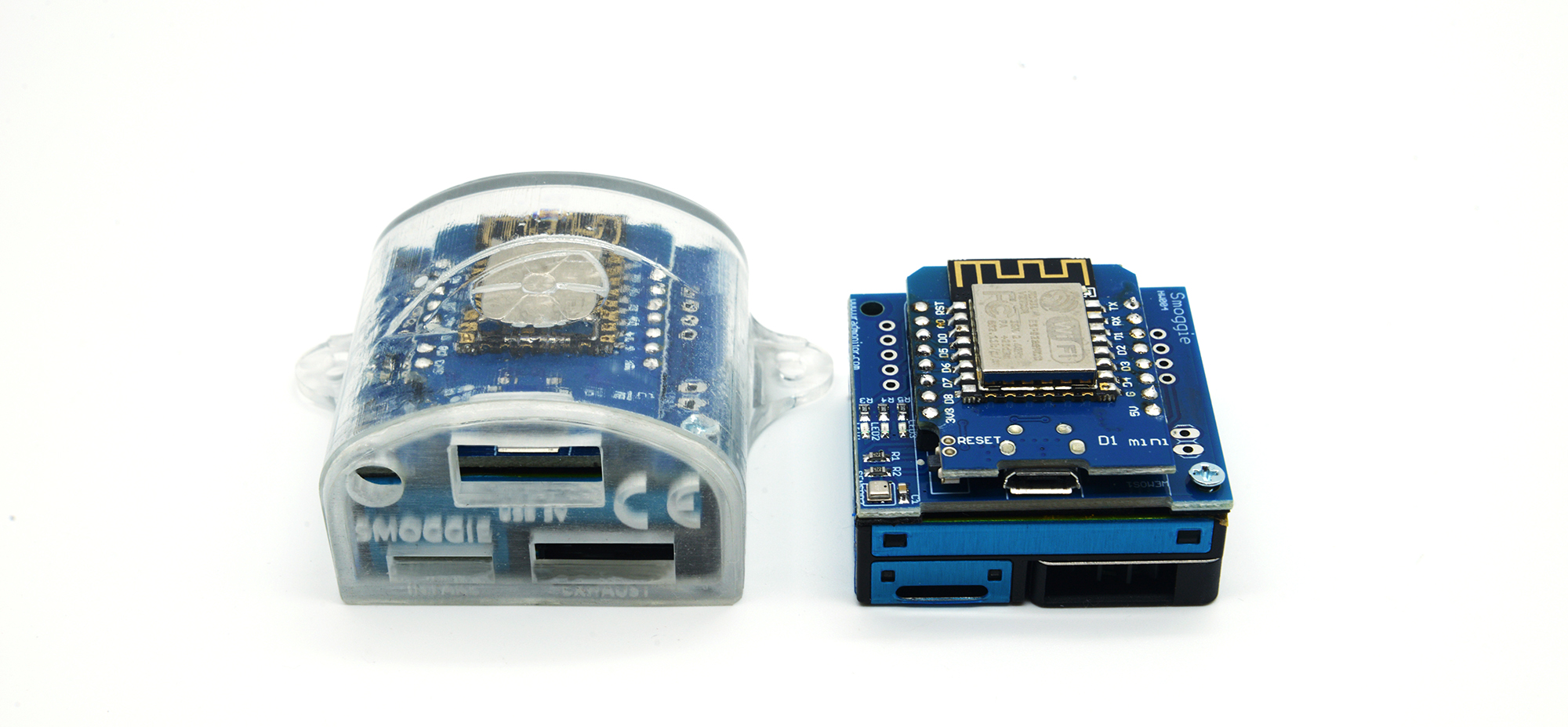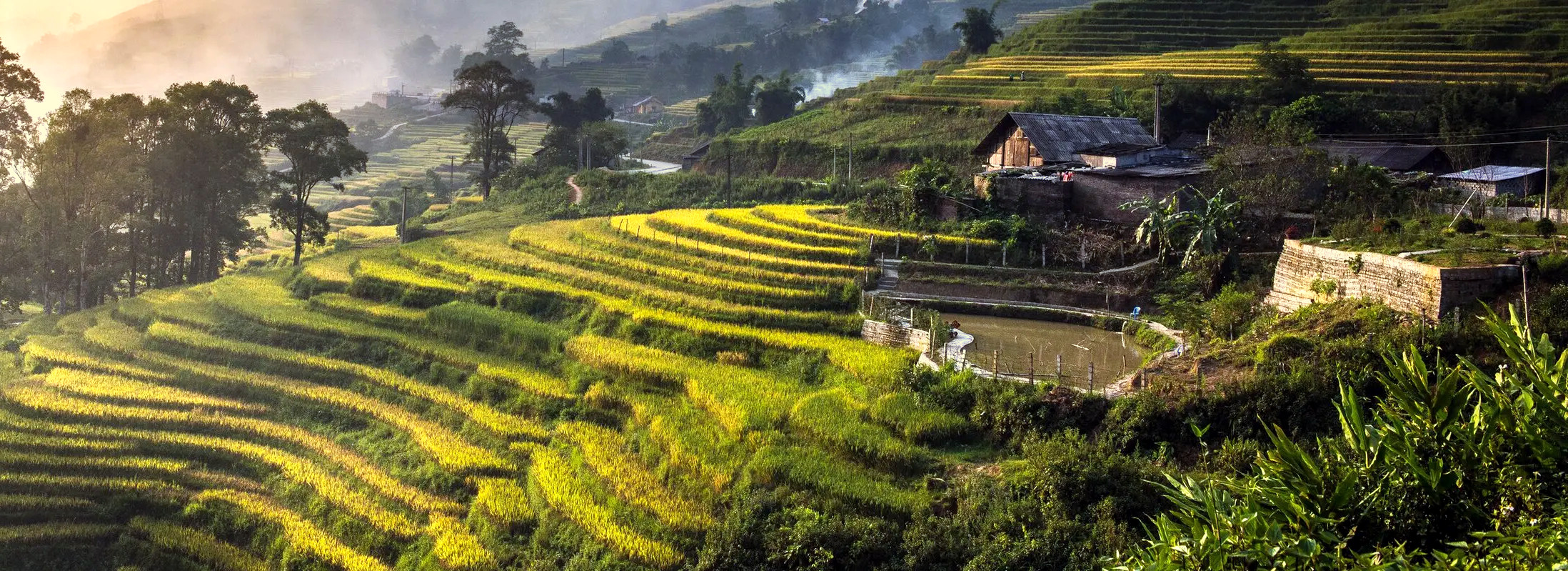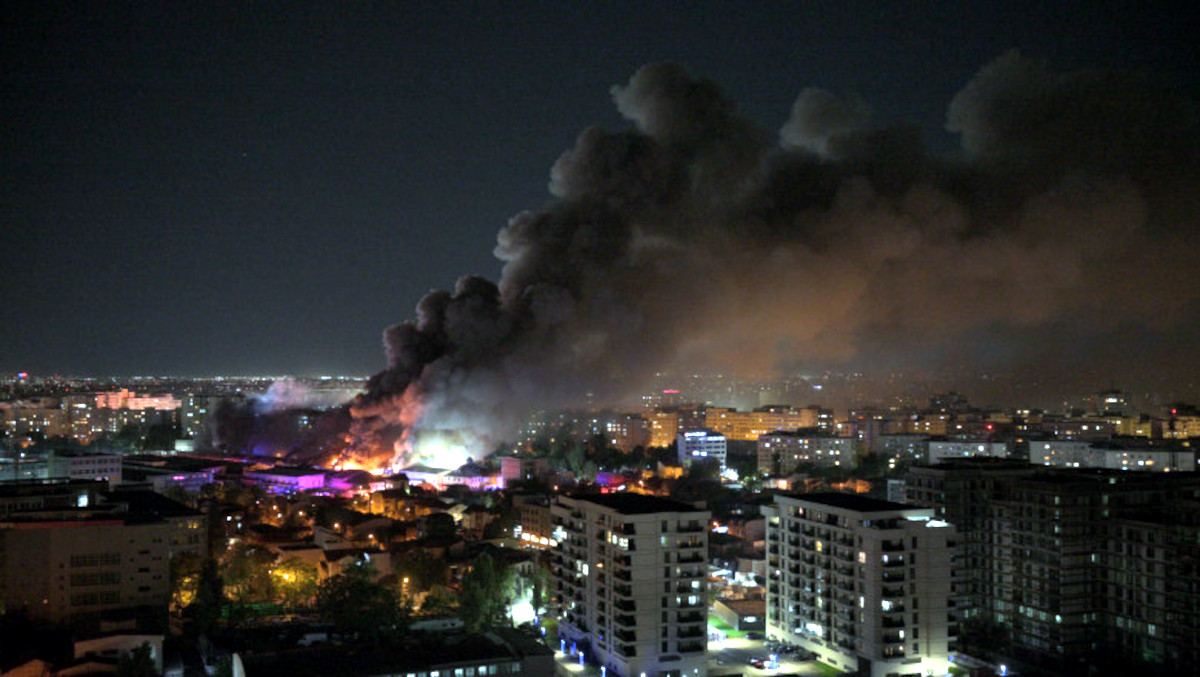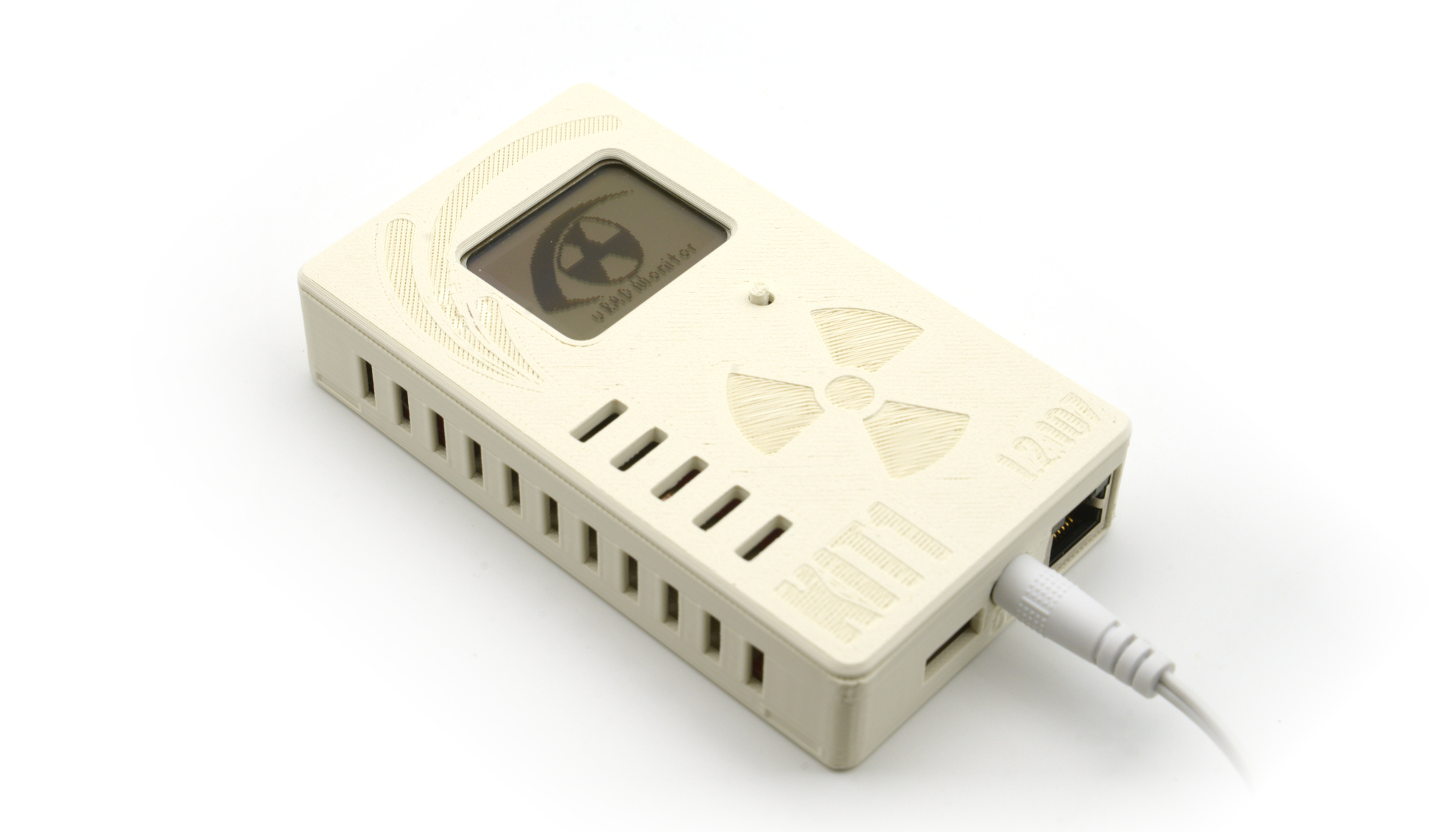
From day one, uRADMonitor aimed to give people open, comparable and uniform environmental data across large areas. Some time with this project and it became evident that spreading the network uniformly across the world is going to be a challenge. This was mainly due to economic differences of the various countries in the world. Simply put, the purchasing power is nothing near uniform, so the uRADMonitor would soon match the “Earth at night satellite photos”, “the Facebook world graph map” or others of this kind. And it did:

But the locations where people can’t effectively implement solutions to their problems are also the ones most affected, forming a vicious circle. It is the same with air quality. To address this, we did two things:
- Move capital from the more developed countries to the rest. We started a crowdfunding campaign, where one could buy two units, keep one for personal use and donate the second to a remote location.
- Then we scratched our heads to come up with a more cost-effective sensor to measure pollution. This is how SMOGGIE was born, a compact Particulate Matter sensor with built in WIFI connectivity to expand the network in places where cost was always a problem.
Both solutions helped our direction and additional network coverage was obtained. We were also able to donate more units to schools, organisations or vocal individuals to continue to raise the environmental awareness.
Technical Details
Smoggie is based on an ESP8266 for all its computation needs that also provides a convenient WIFI connectivity option. We used the Wemos D1 directly to have built-in USB connectivity for programming and debugging.

From this point, versatility took the design lead. With an adapter board soldered to the ESP, SMOGGIE would host a large variety of sensors. First was SMOGGIE-PM, then a SMOGGIE variant for CO2 followed. Soon after there was a SMOGGIE for Formaldehyde and one that would host an electrochemical cell to measure toxic gases, the SMOGGIE-GAS. You can see them below, in order:

Not yet on the website, but the same platform was used for a RADON detector and a for a standalone NOISE Monitor. SMOGGIE is now capable of hosting any of the sensors used in the other uRADMonitor products, but at a fraction of the cost. And more:

The 4th Hardware iteration
First SMOGGIE batch with hardware version 1 went online in March 2019. They worked great and they still do. But as it always happens , improvements were needed on the hardware side right after the first release.

A new PCB was made, the enclosure was replaced with a 3D printed one, a few hundred lines of code the new Smoggie would see the light.

The new 3D printable case was still a low cost alternative also consistent with the desire to make SMOGGIE #opensource. Any maker or hobbyist can now build the device.
The third version added support for additional sensors. One Smoggie could host one type of sensor. Everything else remained in place, including the little Bosch BME280 for Temperature , Pressure and Humidity that was common on all variants.
Then, a new iteration was designed to add coloured LEDs for real time pollution indication, on all variants regardless of the sensor installed. The enclosure was upgraded to a clear resin one with a nice logo engraved on the front.
Smoke test on the new SMOGGIE with LEDs lighting up

Improvements will not stop here. Now, almost two years after the release, there are more than 500 SMOGGIE units worldwide, a good indicator for this product’s versatility and success.



codemore code
~~~~